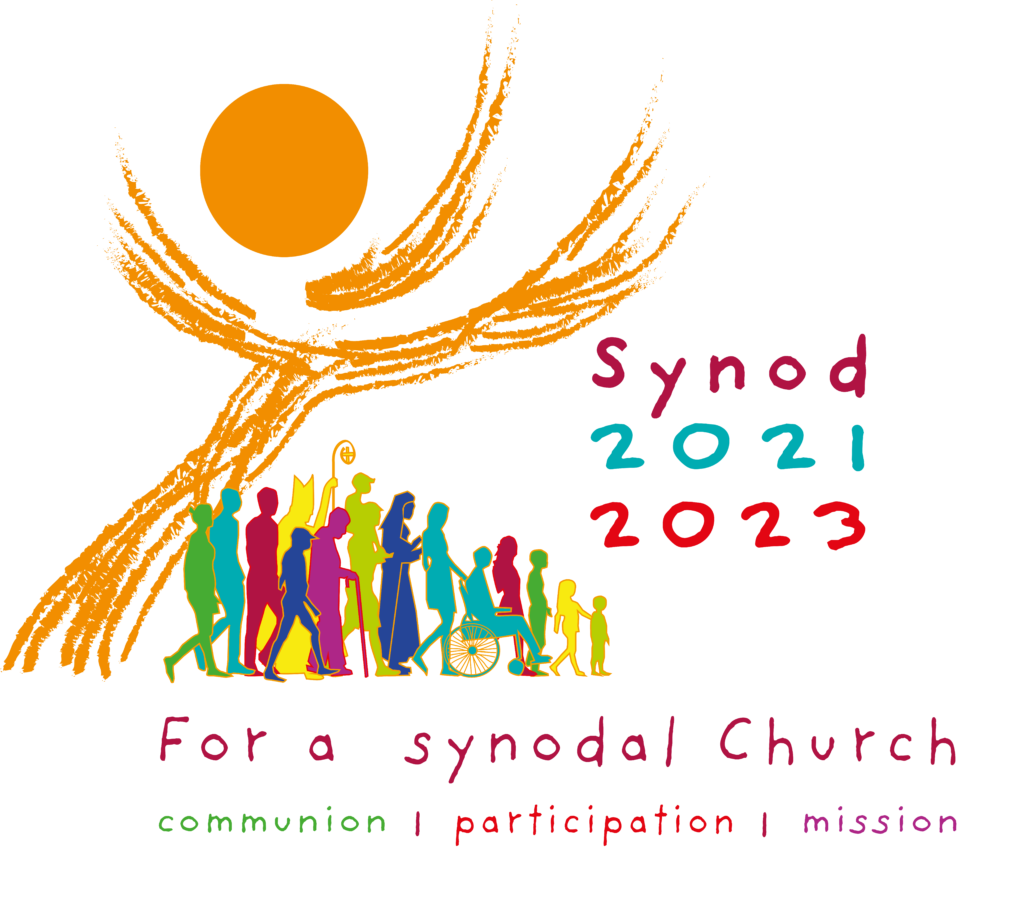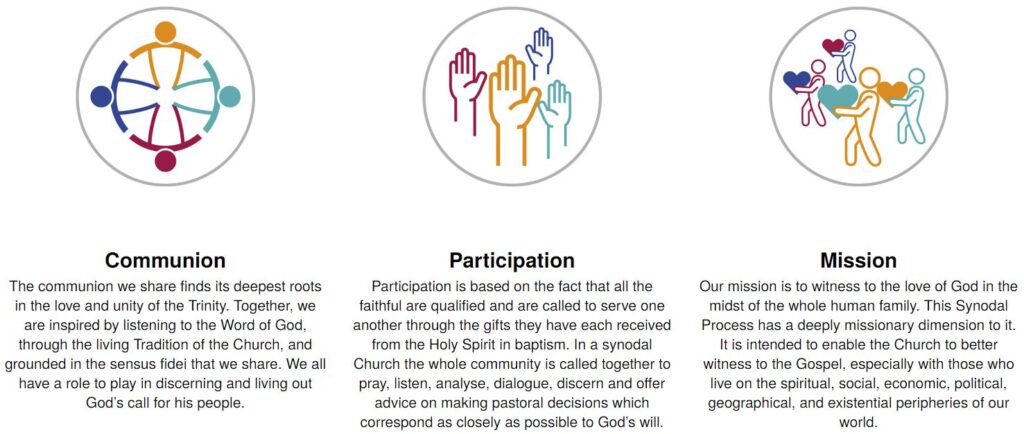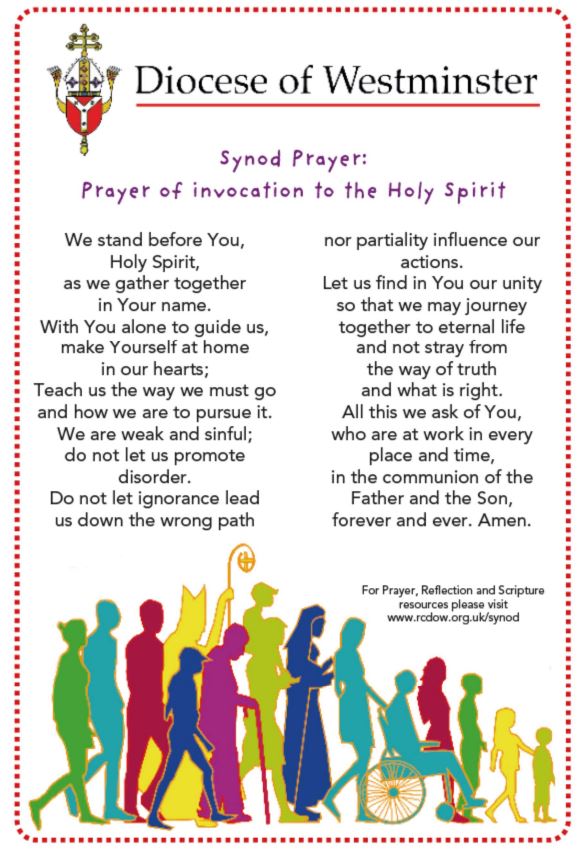What is Synodality?
Synodality denotes the particular style that qualifies the life and mission of the Church, expressing her nature as the People of God journeying together and gathering in assembly, summoned by the Lord Jesus in the power of the Holy Spirit to proclaim the Gospel. Synodality ought to be expressed in the Church’s ordinary way of living and working.
Synodality, in this perspective, is much more than the celebration of ecclesial meetings and Bishops’ assemblies, or a matter of simple internal administration within the Church; it is the specific modus vivendi et operandi of the Church, the People of God, which reveals and gives substance to her being as communion when all her members journey together, gather in assembly and take an active part in her evangelizing mission.
What is the aim of the Synod?
This Synod is intended as a Synodal Process. The aim of this synodal process is not to provide a temporary or one-time experience of synodality, but rather to provide an opportunity for the entire People of God to discern together how to move forward on the path towards being a more synodal Church in the long-term.
A basic question prompts and guides us: How does this journeying together allow the Church to proclaim the Gospel in accordance with the mission entrusted to Her; and what steps does the Spirit invite us to take in order to grow as a synodal Church?
“We recall that the purpose of the Synod is not to produce documents, but to plant dreams, draw forth prophecies and visions, allow hope to flourish, inspire trust, bind up wounds, weave together relationships, awaken a dawn of hope, learn from one another and create a bright resourcefulness that will enlighten minds, warm hearts, give strength to our hands“
Who is the Synod for?
By convoking this Synod, Pope Francis is inviting all the baptised to participate in this Synodal Process that begins at the diocesan level.
The main subjects of this synodal experience are all the baptised because all the baptised are the subject of the sensus fidelium, the living voice of the People of God. At the same time, in order to participate fully in the act of discerning, it is important for the baptised to hear the voices of other people in their local context, including people who have left the practice of the faith, people of other faith traditions, people of no religious belief.
Special care should be taken to involve those persons who may risk being excluded: women, the handicapped, refugees, migrants, the elderly, people who live in poverty, Catholics who rarely or never practice their faith, etc.
Synod 2021-2023 – Explanation of Logo
A large, majestic tree, full of wisdom and light, reaches for the sky. A sign of deep vitality and hope which expresses the cross of Christ, it carries the Eucharist, which shines like the sun. The horizontal branches, opened like hands or wings, suggest, at the same time, the Holy Spirit. The people of God are on the move, in direct reference to the word synod, which means “walking together”. These 15 silhouettes sum up our entire humanity in its diversity of life situations, of generations and origins. This aspect is reinforced by the multiplicity of bright colours which are themselves signs of joy. There is no hierarchy between these people who are all on the same footing: young, old, men, women, teenagers, children, lay people, religious, parents, couples, singles; the bishop and the nun are not in front of them, but among them. Quite naturally, children and then adolescents open their walk, in reference to these words of Jesus in the Gospel: “I praise you, Father, Lord of heaven and earth, because you have hidden these things from the wise and learned and revealed them to little children”. (Mt 11:25)
Important Links:


